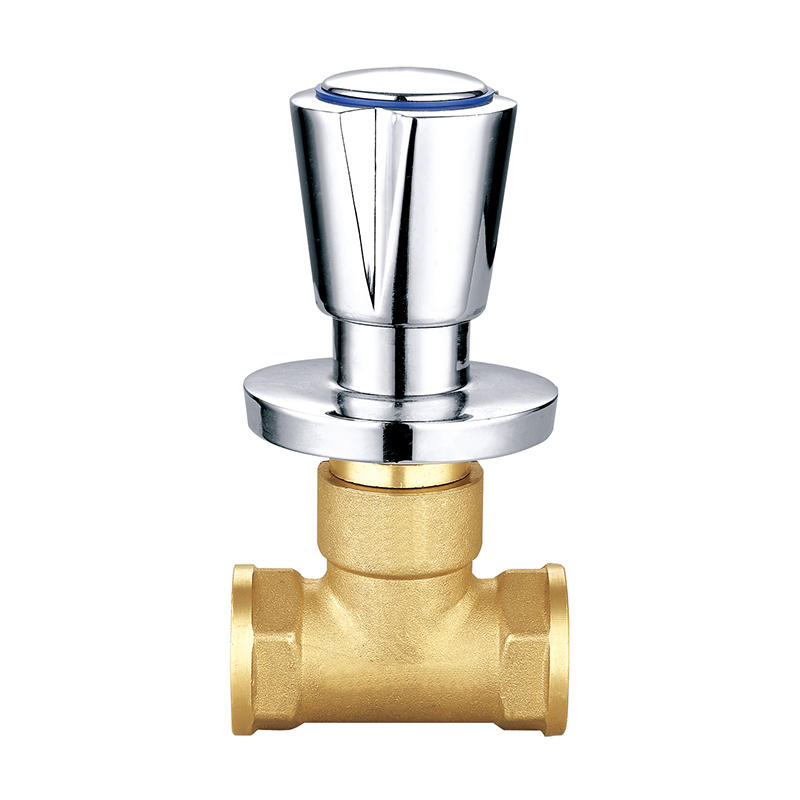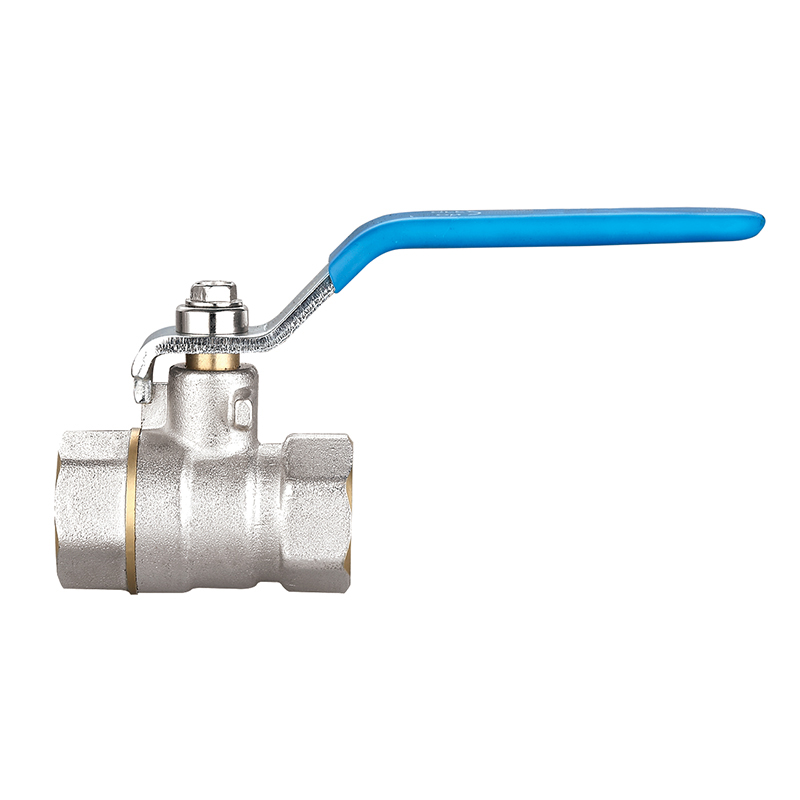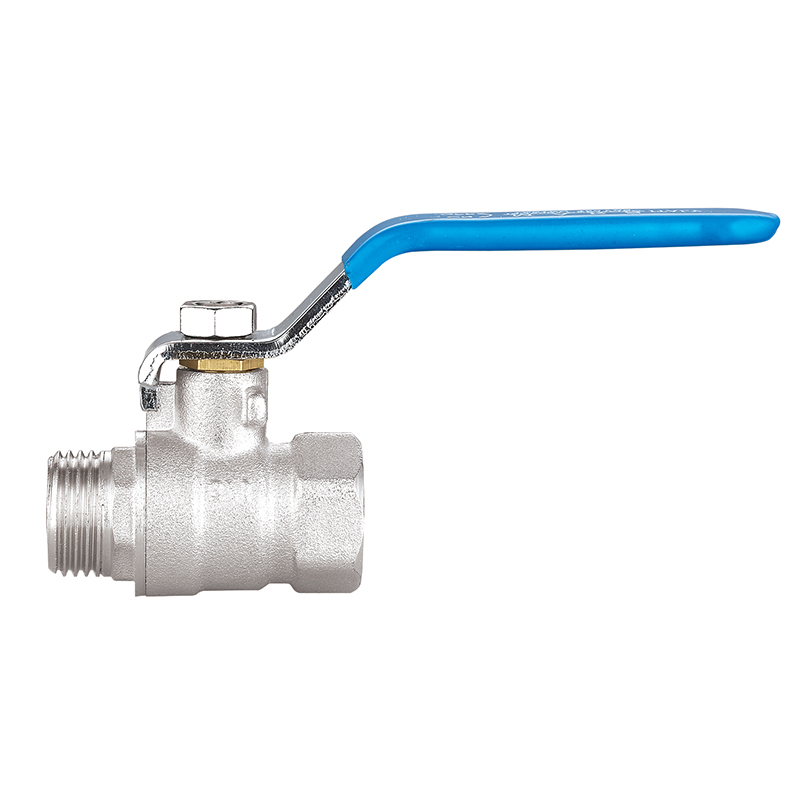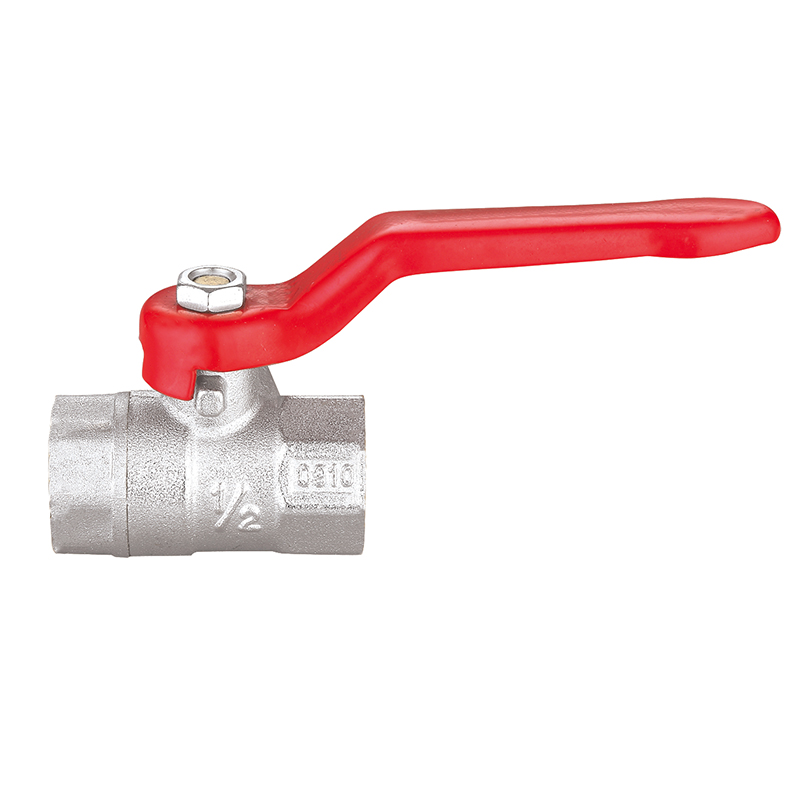Precision in Flow Control: Globe Valves Gaining Traction Across Industrial and Commercial Applications
2025-07-11
As global infrastructure grows increasingly sophisticated, so too does the demand for reliable, precise, and adaptable fluid control mechanisms. Among the array of valve types utilized across industries, the globe valve is carving out a significant space for itself thanks to its throttling capabilities, long-term durability, and evolving design flexibility.
While the primary function of a globe valve remains the regulation of fluid flow, innovations in material science, manufacturing technology, and application requirements are propelling globe valves to new prominence in sectors ranging from HVAC systems and water treatment to petrochemical plants and power generation.
Revisiting the Classic Design with Modern Enhancements
Globe valves have been a staple in fluid control systems for over a century, easily recognizable by their spherical body shape and internal baffle that splits flow. The valve's defining feature — a stem-mounted disc or plug that moves vertically to open or close — has always enabled relatively fine control over flow rates.
Today, however, advanced globe valve designs are delivering more than just reliable shutoff. Engineers are optimizing internal flow paths, reducing pressure drops, and incorporating better sealing technologies such as PTFE or metal-to-metal seating. These upgrades have made modern globe valves more efficient and versatile, even in high-pressure or high-temperature environments.
Expanding Industrial Use Cases
One of the key reasons for the resurgence of globe valves is their versatility in throttling applications. Unlike gate valves, which are designed primarily for on/off service, globe valves allow for intermediate positions, making them ideal in processes that require fine-tuned adjustments.
In the power generation industry, for instance, globe valves are widely used in steam regulation systems where precise control is vital. Similarly, in chemical processing plants, where fluid characteristics such as viscosity and temperature can vary significantly, globe valves provide reliable modulation that supports process stability and safety.

HVAC systems also benefit from globe valves, particularly in large-scale commercial and institutional buildings. Their ability to control flow to different parts of a system ensures proper heat or cooling distribution — crucial for both efficiency and occupant comfort.
Automation and Smart Control Integration
With the rapid growth of industrial automation, globe valves are increasingly being paired with electric or pneumatic actuators. This integration allows for remote operation, real-time flow adjustment, and seamless inclusion into building management or industrial control systems.
Digital monitoring tools and smart sensors are also making their way into valve design, enabling predictive maintenance and automated performance tracking. By integrating globe valves into centralized systems, facility managers can adjust flow patterns in response to real-time demand, reduce energy consumption, and identify inefficiencies or leaks before they become costly problems.
Material Advances for Broader Application
Historically manufactured from cast iron or bronze, modern globe valves now come in a wide range of materials to suit specialized applications. Stainless steel, duplex alloys, and even plastic-lined options are being used to accommodate aggressive chemicals, corrosive media, or sterile environments.
In pharmaceutical manufacturing and food processing, for example, globe valves made from sanitary-grade stainless steel offer cleanability and compliance with hygiene standards, without sacrificing control precision. In marine and offshore industries, corrosion-resistant variants are for long-term performance in salty and humid conditions.
Sustainability and Environmental Focus
As industries across the globe commit to sustainability goals, the efficiency of flow control devices like globe valves is under the spotlight. By enabling accurate modulation, globe valves help minimize water and energy waste — whether by controlling steam in heating systems or reducing overflows in wastewater treatment facilities.
In municipal water systems, globe valves are used in pressure-reducing and surge control stations, ensuring consistent flow while wear on piping infrastructure. These applications contribute directly to energy conservation and infrastructure longevity.
Global Market Trends and Outlook
The global valve market, estimated to be worth over $70 billion, is seeing increasing demand for control valves such as globe valves, especially in rapidly industrializing economies in Asia, the Middle East, and Africa. Urbanization, infrastructure development, and rising environmental awareness are all contributing to the steady growth of the segment.
Whether you want to become our partner or need our professional guidance or support in product selections and problem solutions, our experts are always ready to help within 12 hours globally.




 русский
русский Español
Español عربى
عربى





